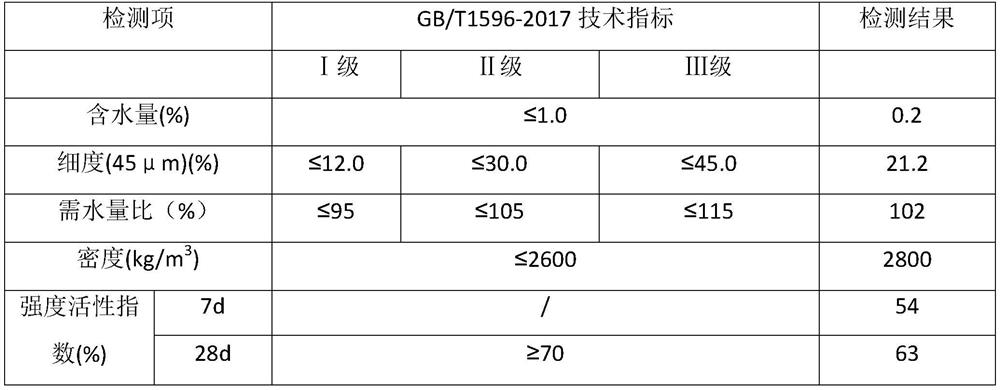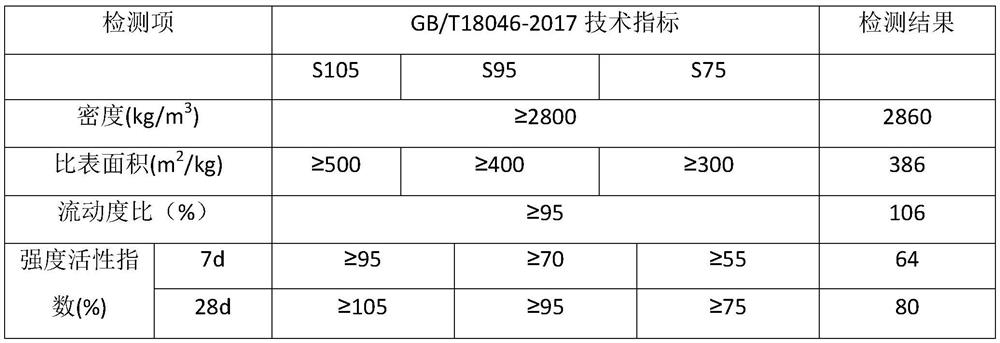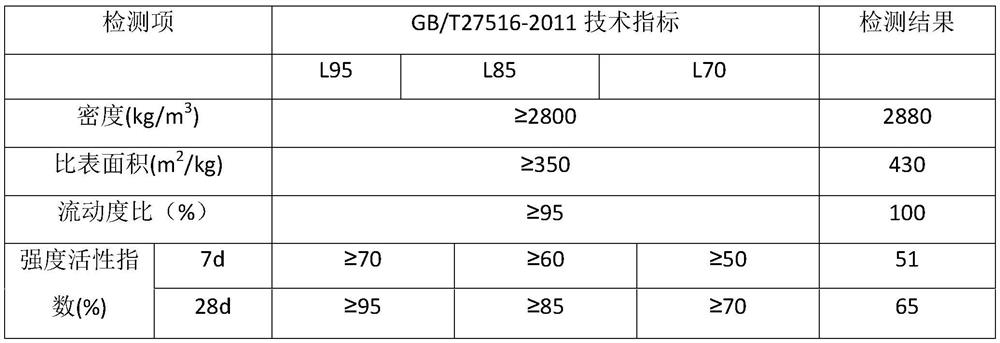Additive, water-stable base layer applying same and preparation method of water-stable base layer
An admixture and base-layer technology, applied in the field of admixtures, can solve the problems of large shrinkage and deformation of cement-stabilized gravel, easy cracking, lack of volcanic ash effect, and unsatisfactory excitation effect, so as to improve volume stability and improve the integrity rate of core samples , the effect of increasing compaction
- Summary
- Abstract
- Description
- Claims
- Application Information
AI Technical Summary
Problems solved by technology
Method used
Image
Examples
preparation example Construction
[0032] The present invention finally provides a method for preparing a water-stabilized base layer using the above-mentioned admixture, comprising the following steps:
[0033] S1. Uniformly mix the solid raw materials in the admixture with the admixture to obtain a solid mixture; uniformly mix the liquid raw materials in the admixture with part of the water to obtain a liquid mixture.
[0034] S2. Mixing the solid mixture and the liquid mixture and stirring evenly to obtain the additional admixture.
[0035] S3. Mix the added admixture with cement and the remaining water, stir evenly, add aggregate, and stir evenly.
Embodiment 1
[0037] This embodiment provides an admixture, weighing 60g of hydration-inhibiting slow-release water-absorbing resin, 180g of magnesium oxide, 30g of calcium oxide, 30g of sodium hydroxide, 60g of sodium sulfate, and 0.6g of retarder The hydration-inhibiting slow-release water-absorbing resin used in this example is obtained by mixing and stirring 40% corn starch dextrin and 60% porous acrylic water-absorbing resin in a molten state, and selecting the part below 75 μm after spray cooling. Magnesium oxide and calcium oxide of the present embodiment all adopt coarse-grained products, and retarder adopts sodium gluconate. The admixture product is obtained after mixing the components in the formula evenly.
Embodiment 2
[0039] This embodiment provides an admixture, respectively weighing 100g of hydration-inhibiting slow-release water-absorbent resin, 250g of magnesium oxide, 50g of calcium oxide, 50g of sodium hydroxide, 100g of sodium sulfate, 3g of retarder, 25g of sodium bromide, 50g of nano calcium silicate and 50g of nano silicon dioxide. The hydration-inhibiting slow-release water-absorbing resin used in this example is obtained by mixing and stirring 60% corn starch dextrin and 40% porous acrylic water-absorbing resin in a molten state, and selecting the part below 75 μm after spray cooling. The magnesium oxide and calcium oxide of the present embodiment all adopt coarse-grained products, and the retarder adopts sodium citrate. Mix the hydration-inhibiting slow-release water-absorbent resin, magnesium oxide, calcium oxide, sodium hydroxide, sodium sulfate and setting retarder in the formula evenly to form a solid component, and then mix nano calcium silicate and nano silicon dioxide to...
PUM
| Property | Measurement | Unit |
|---|---|---|
| density | aaaaa | aaaaa |
| specific surface area | aaaaa | aaaaa |
| specific surface area | aaaaa | aaaaa |
Abstract
Description
Claims
Application Information
 Login to View More
Login to View More - R&D
- Intellectual Property
- Life Sciences
- Materials
- Tech Scout
- Unparalleled Data Quality
- Higher Quality Content
- 60% Fewer Hallucinations
Browse by: Latest US Patents, China's latest patents, Technical Efficacy Thesaurus, Application Domain, Technology Topic, Popular Technical Reports.
© 2025 PatSnap. All rights reserved.Legal|Privacy policy|Modern Slavery Act Transparency Statement|Sitemap|About US| Contact US: help@patsnap.com



